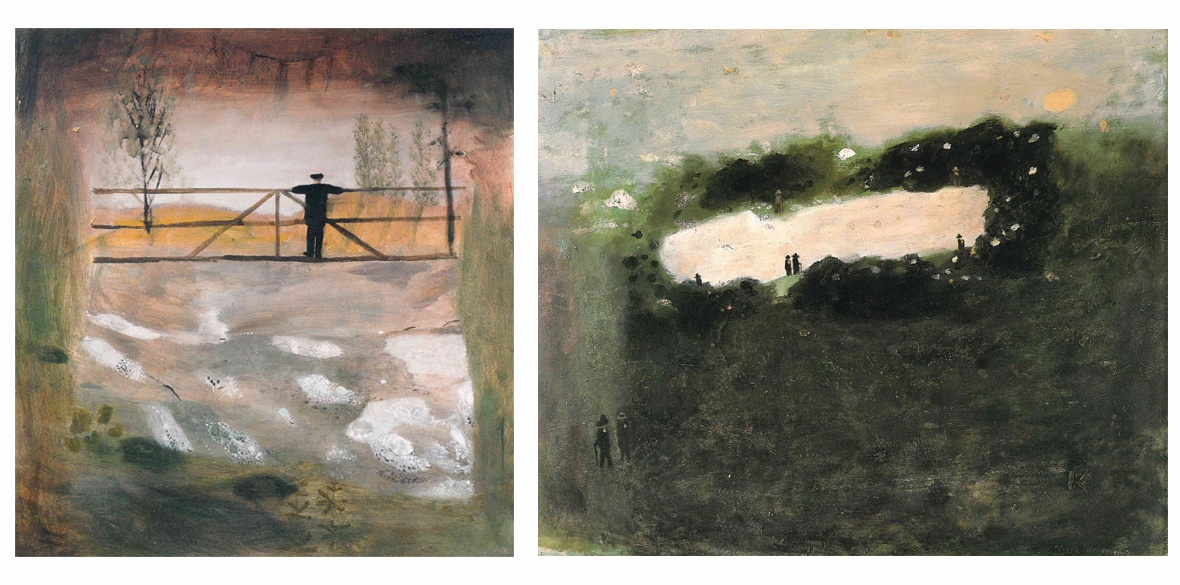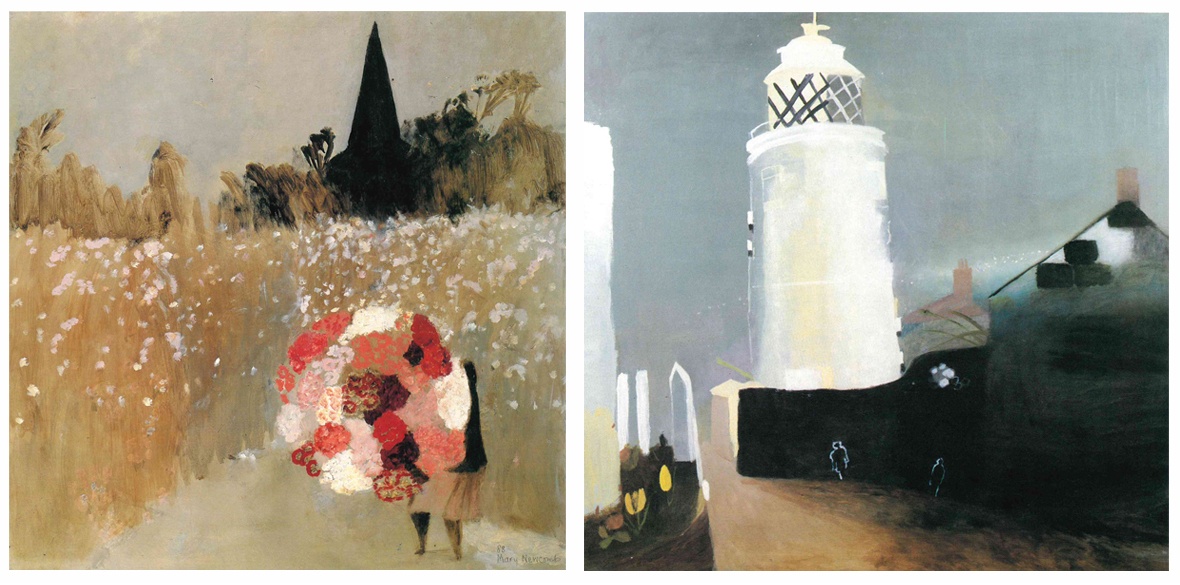This is the last article you can read this month
You can read more article this month
You can read more articles this month
Sorry your limit is up for this month
Reset on:
Please help support the Morning Star by subscribing here
Mary Newcomb: Nature’s Canvas
Compton Verney, Warwickshire
MARY NEWCOMB is a particular exemplar of the misogyny and snobbery that infested much of the Western art establishments of the 20th century when it came to “outsiders,” particularly those not in a possession of a “proper” art school qualification.
It is often forgotten that Vincent van Gogh, Frida Kahlo, Suzanne Valadon, Aloise Corbaz, August Walla, Robert Motherwell or Bill Taylor, among many others, were all self-taught.
Newcomb’s canvases are characterised by audacious composition, a succinct palette and acute observation. Her often highly textured brush work denotes extraordinary confidence in defining the form of the objects she paints.
Synthesising what she sees with great aplomb, her remarkable skills are entirely self-taught and there is an impressive symbiosis between artist, form and technique.
Born in 1922 in Harrow-on-the-Hill, she studied natural sciences at Reading University and later the native birds in the countryside painted by John Constable.
Landscapes, of which people form an integral part, became her source of inspiration when she settled in Suffolk.
She was a member of the Norwich Twenty Group of artists and enjoyed considerable success before being championed by the Crane Kalman Gallery from 1970 onwards.
An entry in her diary explains her profound immersion in the subject of her canvases: “I wanted to remind ourselves that in our haste in this century we may not give time to pause and look and may pass on our way unheeding.
“I am part of the action, in the trees, on the water, in the air, with the figures in a landscape, totally involved and living in there,” she wrote.
She would simultaneously “record” moments that were time separated, a succession of events occurring while she painted: a tern feeding its young, the “passage of the black dog” and “five phases in the movement of a flock of goldfinches.”
There is a stoic yet frequently amused quality to her approach.
Unsurprisingly, Newcomb found an affinity with Paul Klee, Pierre Bonnard, Ben Shahn and Giorgio Morandi.
After she died at the age of 86 in 2003, her works became highly collectable among the global glitterati, not only as sound investment in artistic merit but also, one hopes, for their honesty.
As one art critic perceptively commented, there is an almost Blakean wonder in her work “that offers a timeless window into the beauty of the natural world.”
Although comparisons can be unhelpful, that critical positioning of Newcomb in the tradition of William Blake and her articulation of “poetry in every aspect of rural life” is surely an appropriate estimation of her worth as a painter.
Runs until September 5, box office: comptonverney.org.uk.












